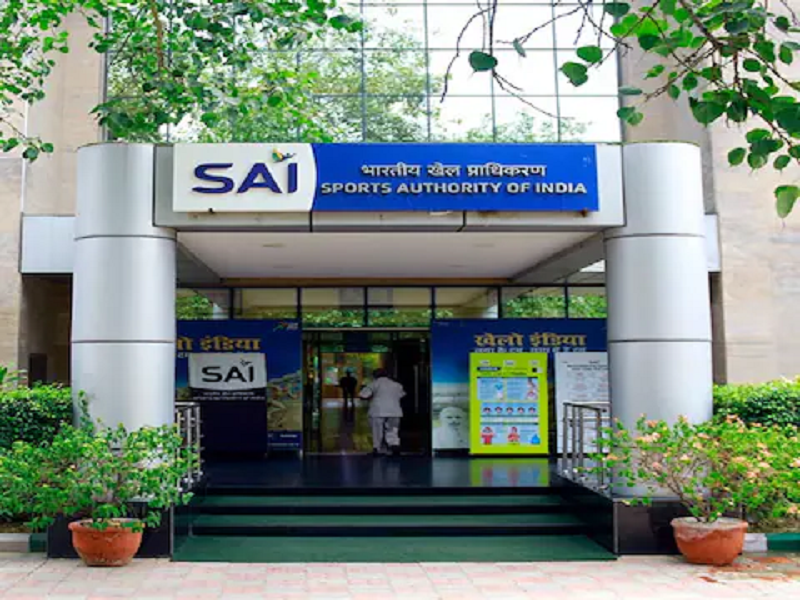Most water-borne diseases trouble people during the summer season. In a way, we all try to keep the water clean in our way, but there are some germs which are difficult to remove by normal methods. For example, it is a common belief that alum filters water, but it also cannot completely clean it of disease-causing germs.

Usually, we clean the water using filters at home, but what if your filter does not clean the water at all? Sometimes the filtered water is also polluted. Filters are not even used in some people's homes. In such a situation, the Center for Disease Control (CDC) has given some such methods, with the help of which you can clean the water of the house. These simple methods can be used daily.
1. Drinking boiled water
The most common and economical way is to drink boiled water. You boil the water and then cool it and use it. However, according to the CDC, boiled water should not be used by filling it in a plastic bottle. For this, bottles of items like glass, steel, copper, and clay are more beneficial. If you pour water into a plastic bottle after boiling it, there is a risk of re-contamination.
2. Disinfectant to clean water
Water-cleaning bleach and water-cleaning tablets can be used for this. These things are also used for cleaning water tanks, ponds etc. These contain edible chemicals that can be considered safe for the human body. You can easily buy these tablets online or from common medical or general stores. After using them, the water should be left like this for at least 2 hours. If pouring into a tank, leave the water for a few hours.

The same thing happens with bleach. However, it is not right to use water-cleaning bleach in homes. Be very careful when using bleach. Different companies have different ratios of bleach to be used. Bleach should not be used more than the prescribed limit.
3. Portable Filter

Even if you are not able to install an RO filter in your home, you can buy a portable filter. It will be more economical and convenient than filtering water with alum. According to the CDC, a portable filter should be chosen in which the pore size is small. This facilitates the removal of parasites. The problem with portable filters is that they can trap some viruses and bacteria. A portable filter should be chosen according to how polluted the water in your area is. A disinfectant can also be used after using a portable filter.
4. UV Light
Technology has progressed a lot and filters are also being used in many ways. You will find UV light water purifiers in the market. These help in cleaning the water with the help of ultraviolet rays. There are portable units that use UV lights to purify water and kill germs. Such units are economical and take up less space than traditional filters.
5. Solar Disinfectant
If you want, you can also purify water with the help of sunlight. Solar disinfection will not be effective in dirty and muddy water. You can store your drinking water in glass bottles and keep them in the sun. Leave it for a few hours. The germs of the water will die to a great extent. Yes, if bacteria like E-coli are present in it, then it will not be very effective.
All this information has been taken from the CDC report. These methods have been deemed pure enough for human use.
Image Credit: Freepik/Unsplash










